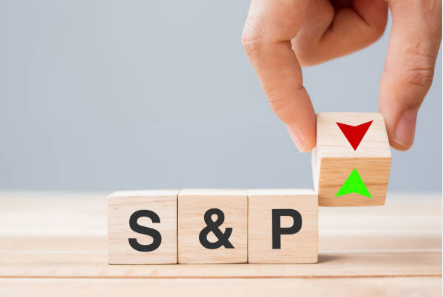
Cory Russell
May 12, 2022 10:40

Inflation in the United States decreased in annual terms last month, but remained at multi-decade highs and more than four times the Federal Reserve's 2 percent goal, according to Labor Department statistics published on Wednesday.
According to the latest report from the agency, the consumer price index increased 0.3 percent in April after rising 1.2 percent in March, bringing the 12-month reading to 8.3 percent from 8.5 percent, indicating that inflationary pressures reached their peak at the end of the first quarter but are still struggling to cool materially. CPI was expected to grow 0.2 percent month over month and 8.1 percent year over year, according to analysts polled by Bloomberg News.
When looking at the monthly drivers of the headline statistic, food costs increased by 0.9 percent, keeping pace with previous rises in this category. Meanwhile, energy expenses declined by 2.7 percent after rising by 11% in March due to rising oil prices after Russia's invasion of Ukraine. This is a good sign since it means the worst of the commodities market shock may have passed.
Excluding food and energy, the core CPI rose 0.6 percent on a seasonally adjusted basis and 6.2 percent year over year, reducing transient noise and reflecting longer-term economic trends. The decrease in the annual number, which fell from 6.5 percent, tends to support the hypothesis that the core gauge peaked in March as well.
The shelter index gained 0.5 percent in monthly contributions for the core indicator, mirroring the previous two months' growth, despite a tight rental market. Meanwhile, transportation increased by 3.1 percent, indicating a shift in household demand toward service spending. Used automobiles and trucks, on the other hand, continued to tumble, down 0.4 percent after losing 3.8 percent in March due to cooling demand and lowering durable-goods prices.
With inflation decreasing but not falling much, it's unclear if we've hit the apex of central bank policy hawkishness. In this environment, yields may continue to rise on anticipation of a more aggressive tightening reaction. This scenario might heighten worries that the Fed's rate hikes would lead to a recession, depressing confidence and hindering the stock market's rebound.
U.S. Treasury rates surged immediately after the CPI statistics were released, causing the Nasdaq 100 futures to lose all of their pre-market gains and fall more than 1% into negative territory. Officials from the Federal Reserve have said that they support interest rate rises in half-percentage-point increments, but have shown little taste for greater changes. At the face of persistent inflation, the bank may opt for large 75-basis-point rises in upcoming sessions in order to get monetary policy closer to neutral sooner. Stocks are at danger as a result of this.


May 13, 2022 10:50